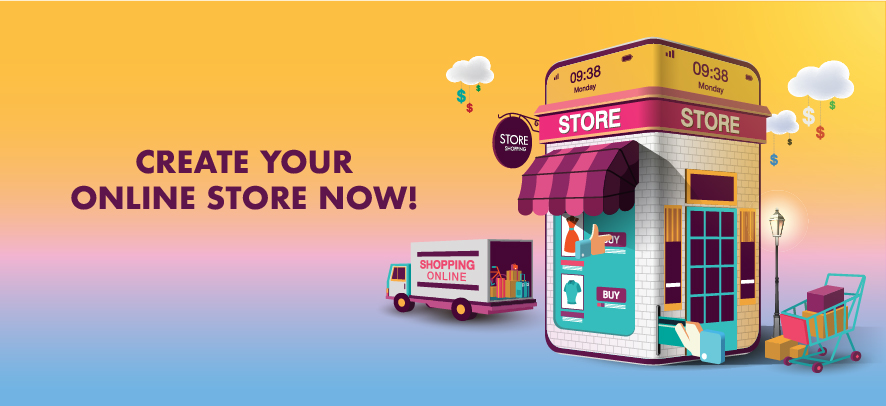https://prao.com/?ref=wktxfavf

To create your own webstore, you need to: choose a platform like Shopify, Wix, or Squarespace, register a domain name, select a suitable template, add your products with detailed descriptions and images, set up payment processing, configure shipping options, and customize the design to match your brand aesthetic, then launch your store online; making sure to optimize for search engines to attract customers.
Key steps to build a webstore:
1. Planning and Research:
- Define your target audience: Understand who you’re selling to and what they want.
- Choose product categories: Decide on the products you will sell and their variety.
- Market analysis: Research competitors and identify gaps in the market.
- Set a budget: Determine how much you can invest in your webstore.
2. Selecting a Platform:
- Ecommerce platforms:Shopify, Wix, Squarespace, BigCommerce, WooCommerce (WordPress plugin), Magento
- Factors to consider:Pricing, features, ease of use, scalability, customization options, mobile responsiveness
3. Domain Name and Hosting:
- Register a domain name: Choose a memorable and relevant domain that reflects your brand.
- Web hosting: Select a reliable hosting provider to store your website files.
4. Designing your Webstore:
- Choose a template: Select a visually appealing and user-friendly template that aligns with your brand.
- Customize design: Edit colors, fonts, layout, and images to personalize your store.
- Create essential pages: Homepage, About Us, Product pages, Contact Us, Shopping Cart, Checkout page
5. Adding Products:
- Product details: Write detailed descriptions for each product, including size, color, material, and features.
- High-quality images: Use professional product photos from multiple angles.
- Product categories and organization: Categorize your products logically for easy navigation.
6. Setting up Payment Processing:
- Integrate a payment gateway: Choose a secure payment processor like PayPal, Stripe, or Square.
- Set payment options: Configure credit card processing, and other payment methods as needed.
7. Shipping and Fulfillment:
- Shipping rates: Determine shipping costs and calculate based on weight, location, or other factors.
- Shipping options: Set up different shipping methods (standard, expedited)
- Inventory management: Keep track of your product stock levels to avoid overselling.
8. Marketing and Optimization:
- SEO (Search Engine Optimization): Use relevant keywords and optimize your website for search engines.
- Social media marketing: Promote your store on social media platforms.
- Email marketing: Build an email list to send promotions and updates.
- Paid advertising: Consider paid ad campaigns on search engines and social media.
MAKE YOUR WEBSTORE/WEBSHOP AND START E-COMMERCE TODAY.

- CLICK HERE FOR WOMENS JEWELLERY COLLECTION 90% DISCOUNTS
- CLICK HERE FOR HOME AND KITCHEN ITEMS
- CLICK HERE FOR Men’s Fashion
- CLICK HERE FOR Men’s Clothing
- CLICK HERE FOR Women’s Fashion
- CLICK HERE FOR Women’s Clothing
- CLICK HERE FOR Kid’s Fashion
- CLICK HERE FOR Kid’s Clothing
- CLICK HERE FOR Footwear Collections
- CLICK HERE FOR Bags Collections
- CLICK HERE FOR Special Offers
- CLICK HERE FOR Keyboards
- Outdoor Sports & Fitness
- CLICK HERE FOR Books
- CLICK HERE FOR Sports Nutrition
- CLICK HERE FOR Food and Health Supplements
- CLICK HERE FOR Electronics & Accessories
- CLICK HERE FOR Toys & Games
- CLICK HERE FOR Videogames
- .
- .

